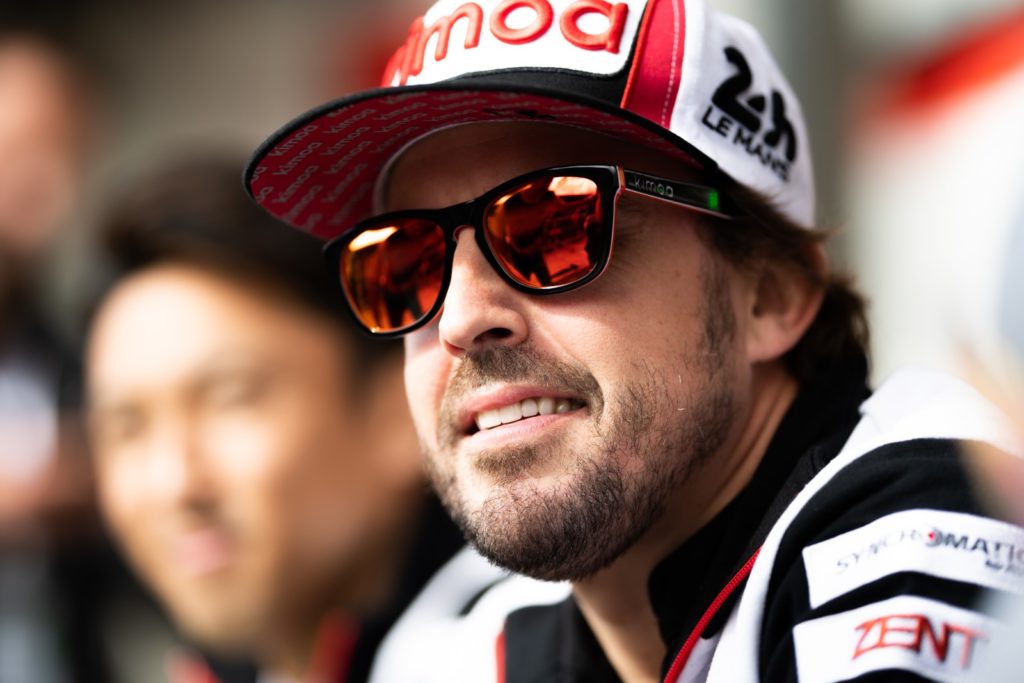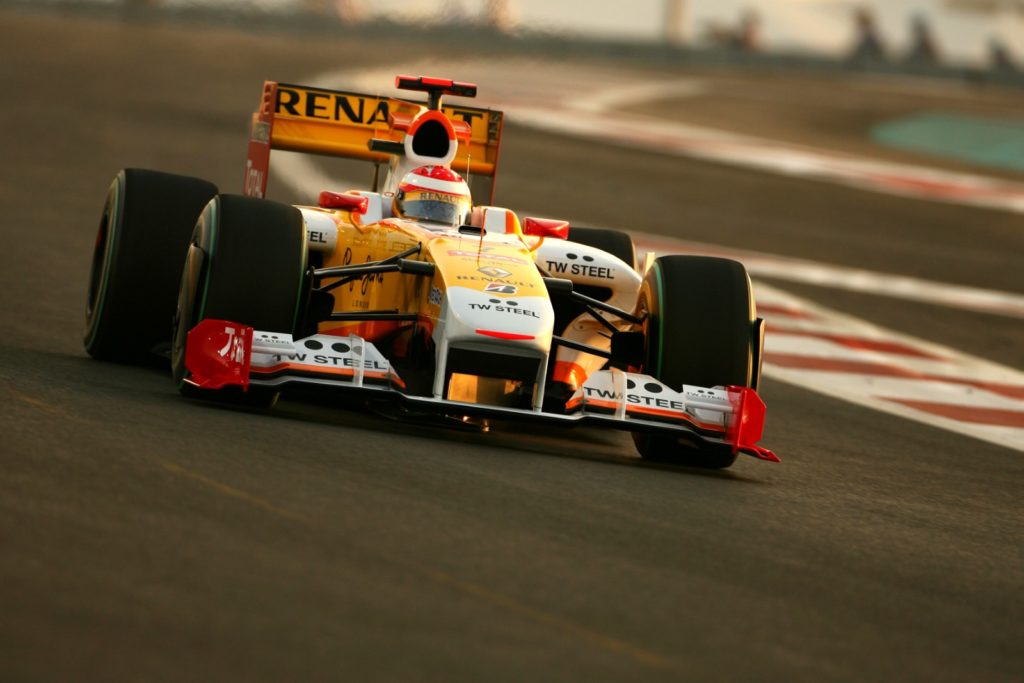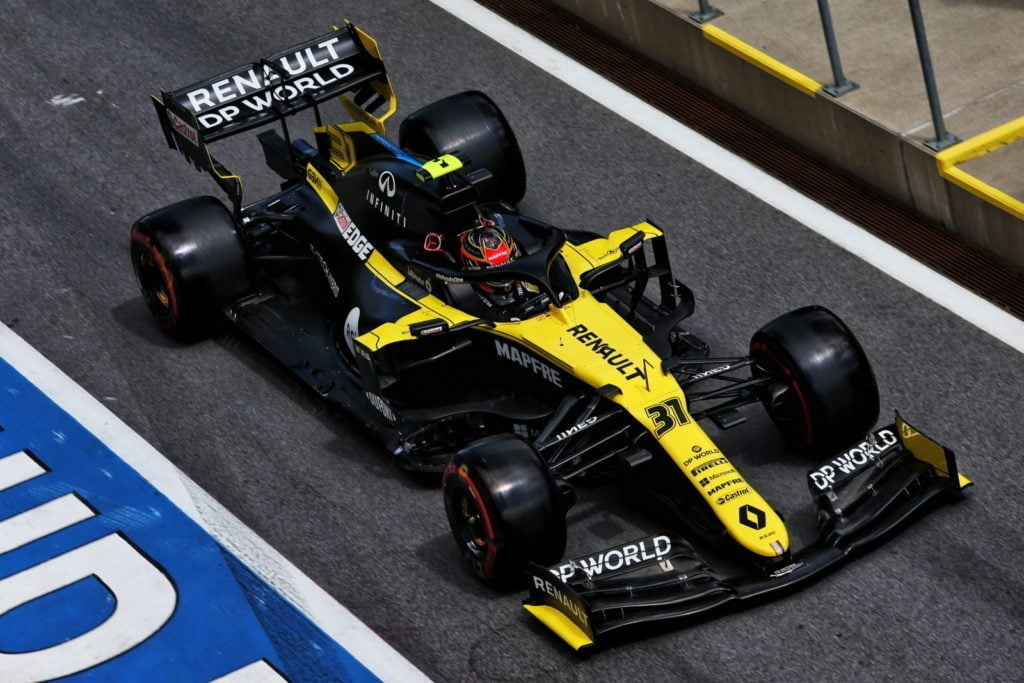It has been 14 years since Fernando Alonso last won a Formula 1 title and seven years since his most recent success in the championship – a scintillating Spanish Grand Prix win that proved a false dawn as Ferrari faltered thereafter.
After Alonso was comprehensively defeated by the Red Bull-Sebastian Vettel juggernaut for a fourth successive season new regulations provided Ferrari with an opportunity to challenge for honours once more.
But the team spectacularly faltered, the Alonso-Ferrari relationship broke down under new management, and in the period since then only Mercedes has won world titles, with a win rate around 80 per cent. Only Ferrari and Red Bull have won races.
It all makes a return to Formula 1, with a marque that hasn’t even mounted the podium in the hybrid era, in the year in which he will turn 40, a somewhat perplexing notion – but this is box-office news for a series that risks seeing another champion in Sebastian Vettel drop off the grid.
Alonso’s early success, undoubted talent, personality, and large fanbase means his every movement is meticulously tracked and studied. During the depths of the McLaren-Honda partnership his words carried more weight, his actions memorable – pushing the car back to the pits once in Hungary, the deckchair antics – aided by his stature and on-track skills. He knew what he was doing.
His relentless and competitive edge means there is no quarter given, as seen by some of his displays for McLaren, even if this attitude did sometimes have a negative influence on allies.

When he walked away from Formula 1 at the end of 2018 it was always ‘hasta luego’ rather than a permanent farewell, as he was tired of the circus, what he perceived as predictable racing, and of fighting for lowly positions. But there were also those tired of him, tired of the charade, and more than a few personnel thrived in the post-Alonso era at McLaren. It brought back questions of how to balance Alonso’s talent versus the alleged baggage. There is plenty of evidence: the end of the first stint at Renault, miserable 2007 at McLaren, 2014 at Ferrari, and the refreshed aura at McLaren in the last 18 months. Toyota, too, was not always a harmonious place. The Alonso-Cyril Abiteboul relationship will be watched with interest, of that there is no doubt. Bear in mind that Abiteboul’s management skills have so far resulted in the likes of Kevin Magnussen, Jo Palmer and Nico Hulkenberg all being left high and dry with little sentiment…
Alonso hasn’t been idly sitting around doing nothing thereafter; since his last Formula 1 race he has won the WEC title, another Le Mans, attempted Indianapolis again (which did not go well), entered the world of Esports, continued to run his own junior team and academy, and completed the Dakar Rally, after a series of build-up events. He is also having a third crack at Indianapolis next month. He has also kept a close interest on developments in the Formula 1 world and notions of a comeback increased in May when long-term advisor Flavio Briatore commented Alonso was ready to return.

The question is what he can bring to Renault, and vice versa, and how stint number three will play out.
This is a major coup for a manufacturer whose automotive department has had strife amid the ongoing coronavirus pandemic.
A couple of months ago its very future in Formula 1 was being assessed and its big-money signing saw moving to its customer team, after just 21 grands prix, as a brighter option for his career.
It has now not only committed to Formula 1 – bolstered by the steps the series has taken for greater financial equality and the impending arrival of its new CEO – but signed one of the biggest names in motorsport.
The recruitment of Ricciardo gave Renault a huge lift off-track, sending a buzz through its bases at Enstone and Viry-Chatillon, and the hiring of Alonso will magnify that in a manner that would not have been the case had they re-recruited another driver, or plumped for a junior racer.
But Renault has been treading water for the last three Formula 1 seasons and regressed last year, falling behind McLaren, and only narrowly fending off Red Bull’s junior team, Toro Rosso.

Its display in Formula 1’s season-opener in Austria was solid if unspectacular, with Daniel Ricciardo a points contender prior to a cooling issue, and the returning Esteban Ocon a subdued eighth.
But, as with McLaren, it is operating on a substantially lower budget, and with fewer resources, compared to Formula 1’s leading three outfits. Realistically, all being equal, finishing a slightly distant fourth unless a front-runner massively errs (as may have happened with Ferrari) is a glass ceiling under the current climate. Formula 1 is introducing a budget cap of $145m from 2021 and that should bring the top three teams closer to the rest.
However it is not all about money. Renault is unique in having its chassis operations in Enstone and its engine department across the channel in Viry. The engine has made great strides since early struggles in the hybrid era but last year the chassis was sub-par, and mid-season updates did not deliver the desired gains. It remains a team in transition that, due to the coronavirus pandemic, will not be able to challenge consistently at the front until 2022. But the light is at least coming through the end of the tunnel.
Whatever your opinion on either driver or team they have now formed a unity that will be tracked at every move. Grab your popcorn and buckle up.









Discussion about this post